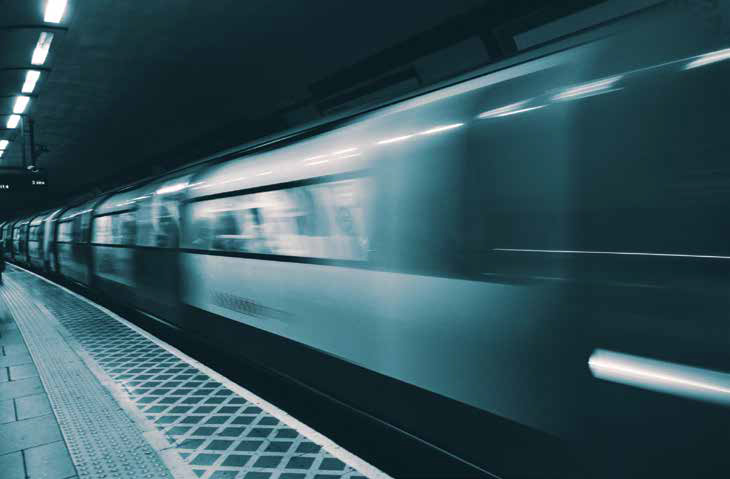Earl Gales Jr. and The Beginnings Of The LA Metro Rail System
In summer 1958, Earl Gales Jr. and his brother took one of the last rides on the Red Car — formally known as the Pacific Electric Railway — from Los Angeles to Watts, sparking a lifelong interest in the social and economic factors that affect transportation planning.
It inspired his senior thesis, which caught the attention of Los Angeles City Councilman Tom Bradley when he visited the College of Environmental Design. In 1970, Gale was a college sophomore when he took his first airplane ride, bound for Washington, D.C., at the invitation of Bradley and Los Angeles County Board Supervisor Kenneth Hahn to present his thesis to the Urban Mass Transportation Administration (UMPTA), predecessor to the Federal Transit Administration. It became a critical document in the federal funding package for the Los Angeles Metro Rail System.
“Tom Bradley was looking at regional issues that affect the city, and my paper was on transportation. He saw where I wanted to focus on mass rail transit as a solution for mass transportation. He told me to expand on this paper, which eventually became my thesis. Later on in my graduate year, he wanted me to present the paper in Washington, D.C. to UMPTA. That was great for me.
“I presented to UMPTA on a needs analysis for the rail system. LA City had only focused on buses, and mine was the only paper that focused on mass rail in LA. They adopted my paper that became the initial funding document for the mass transit program in LA.
“Mr. Bradley said something that made a difference for me; he said that there will be gridlock in LA, perhaps not in his lifetime, if we don’t act on it quickly and adopt the mass transit program. He gave my thesis more background for my graduate thesis at UCLA. Although I went there for architecture and urban design, I focused on transportation because I was looking for a way to develop environments around the stations that would be conducive, to have it mean something to the area. The urban core was key for me.”
